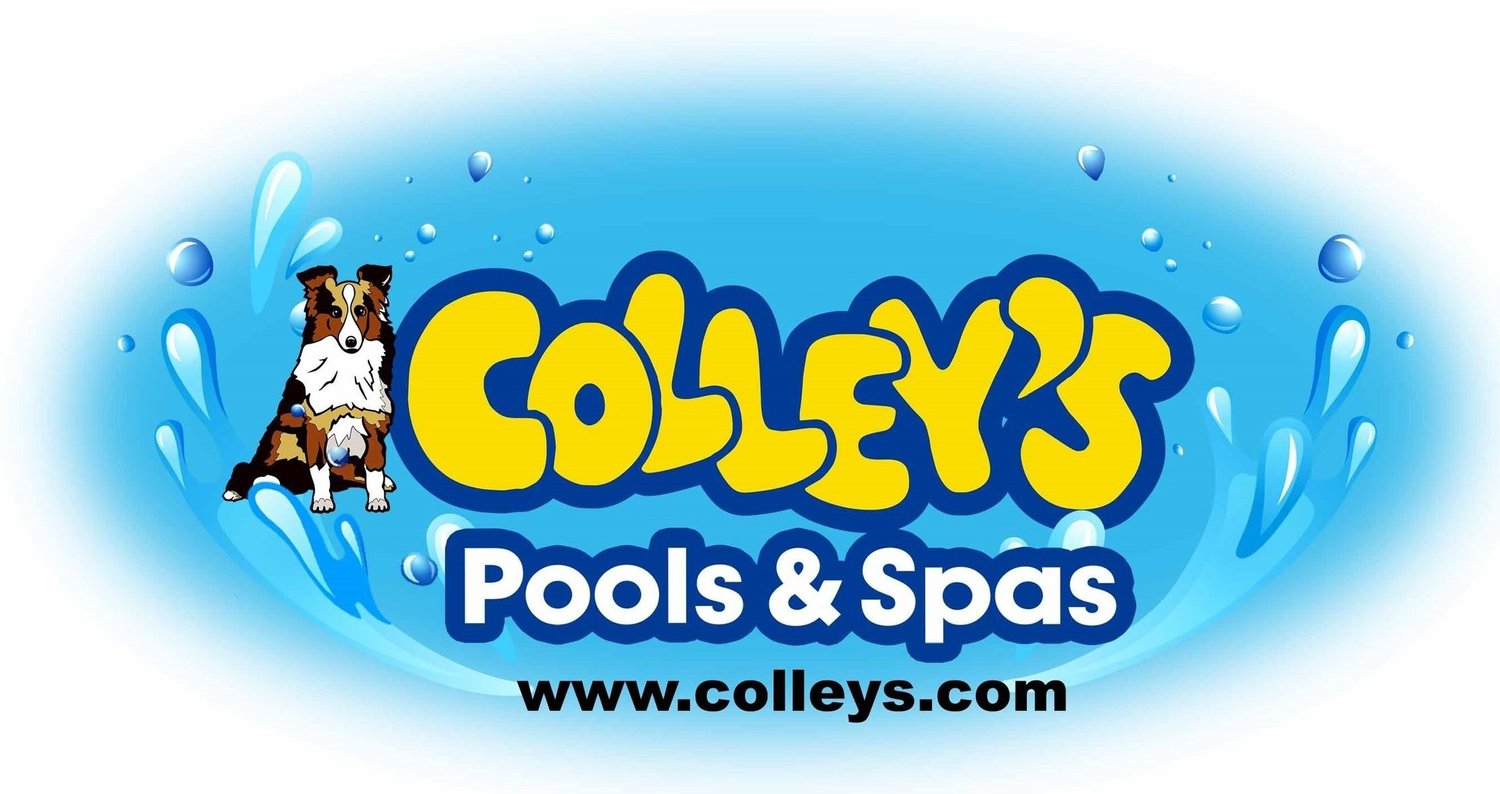Memorial Day weekend is here and it’s prime time to use the pool! Keep the kids entertained for hours with these easy, exciting pool games for kids, teenagers, and toddlers. From games to play in the pool by themselves to swimming pool relay games, these simple ideas for pool activities will help you make memories — and make a splash!
Pool Freeze Tag: Bring the classic game in the water! One person will be designated as “it,” when he or she tags another player, that player must freeze in place. You can decide if they need to remain frozen for the duration of the game or if other players are able to un-tag them by swimming underwater.
Marco Polo: We bet you remember this game from your childhood. This timeless crowd-pleaser has entertained generations of children and it’s easy to see why!
Sharks & Minnows: Depending on how many players you have you can have one shark or multiple. The shark starts out on one end of the pool while the minnows line up on the opposite side. When the shark yells “go,” the minnows must swim to the other side without being tagged. Again, you can make the rules. Tagged minnows either need to sit outside of the pool until the next round or can join forces with the shark to tag the rest of the minnows.
Handstand Challenge: Challenge your child! See if they can do a handstand and hold it. Remind your child to be careful, know their limits, and take a break when they start to get tired.
Solo Pool Race: Using a waterproof watch or timer, test your child’s speed with timed laps in the pool. They’ll be pleasantly surprised to see how much they can improve in a single summer!
Or, create your own game or create your own rules to one of the suggested games- be creative! Your Colley’s pool is all about making memories!

